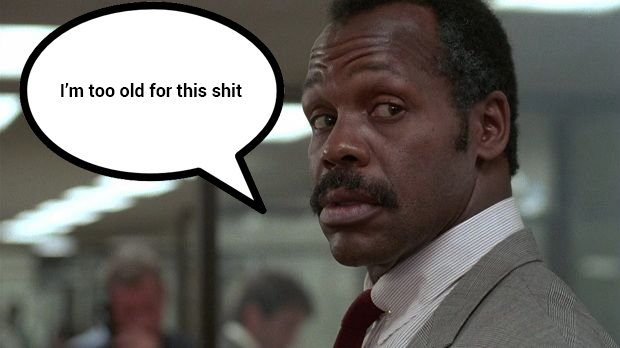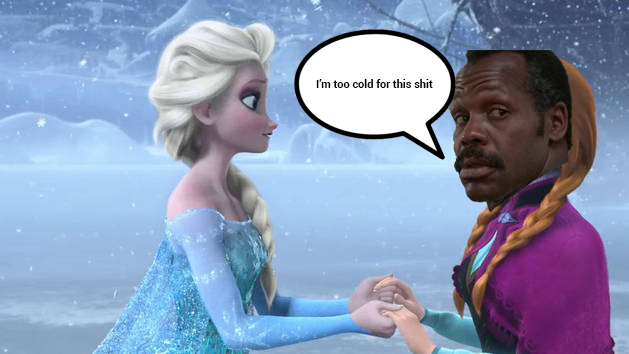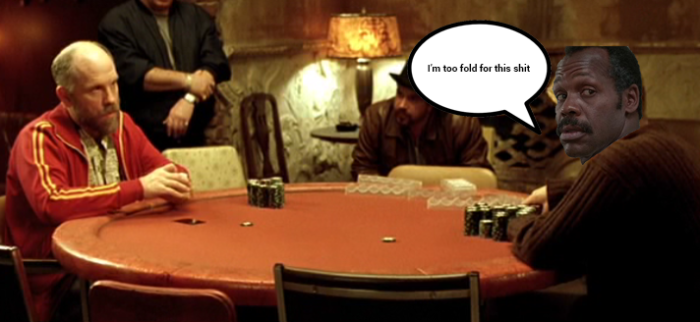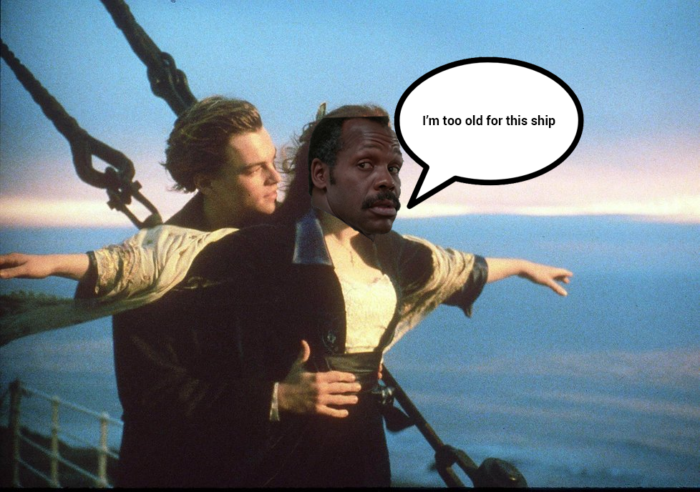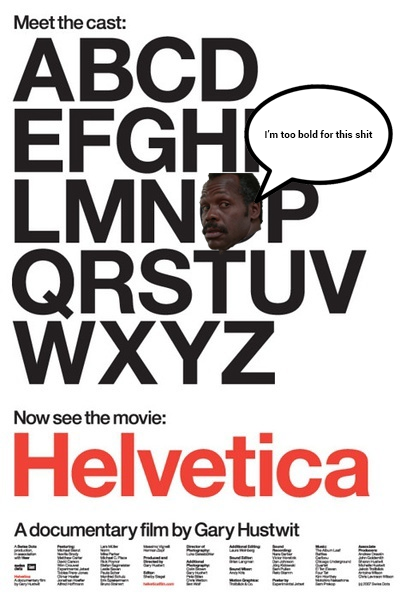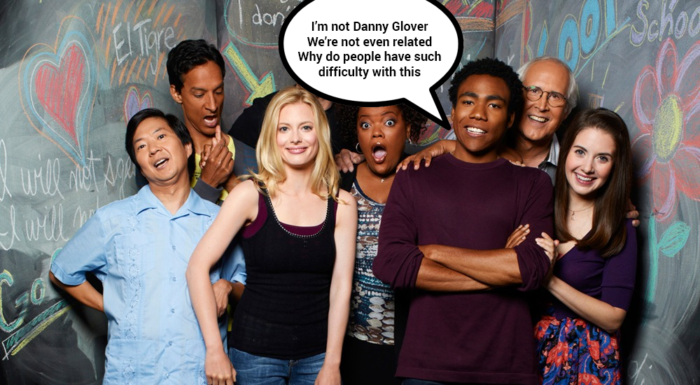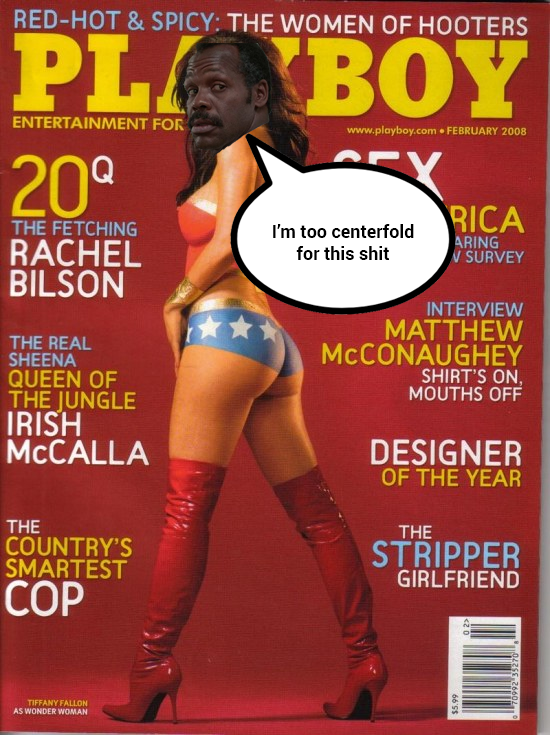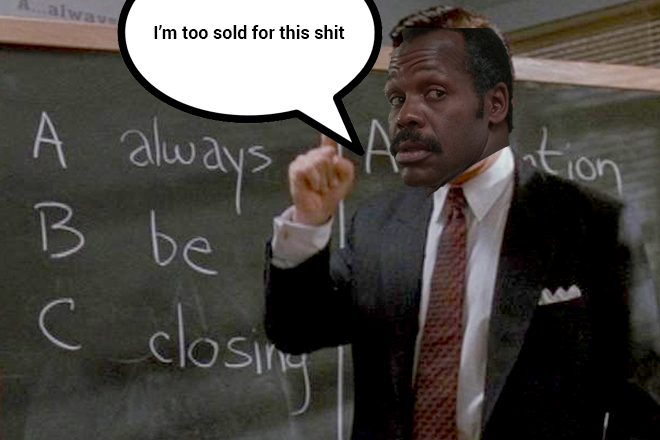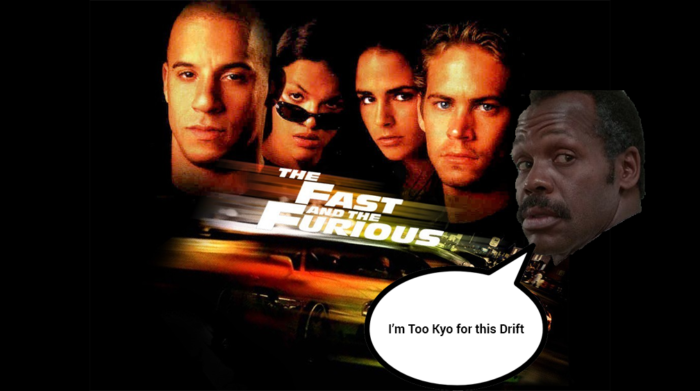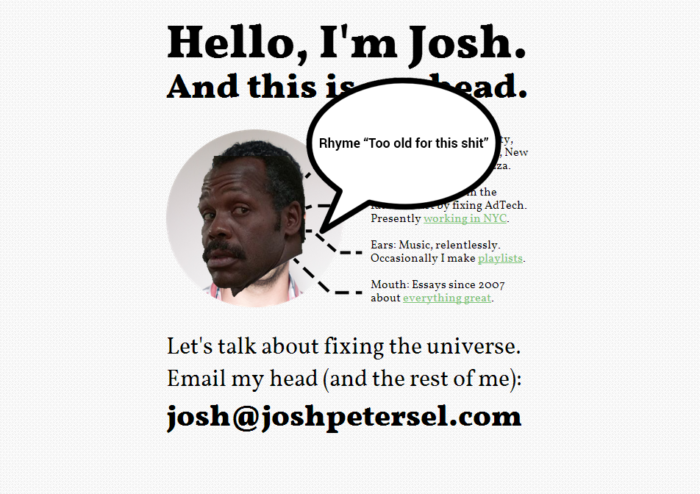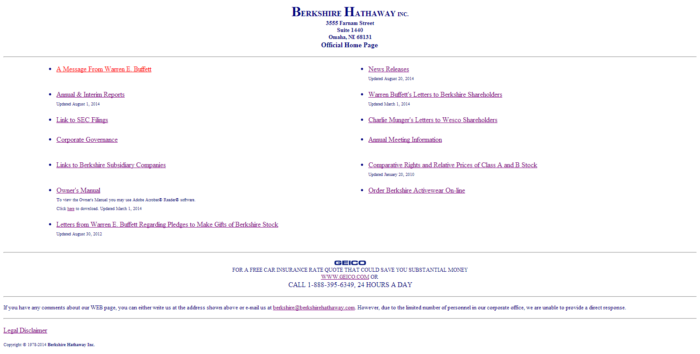A few techniques I’ve grown fond of employing lately:
1. I put the greeting, and my recipient’s name, in the email subject rather than in the first lines of copy.
I think this helps email stand out in a mountain of inbox jargon. The sweetest music to anybody’s ears (err, eyes) is their own name. My sense is that my messages get turned around more quickly — especially notes to people who I haven’t spoken with in a while or who maybe weren’t expecting to hear from me.
The result looks something like this:
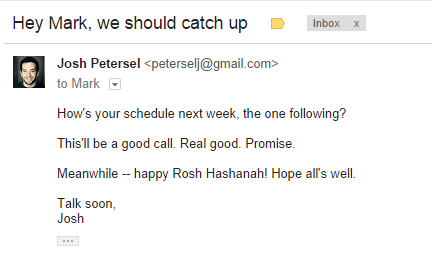
(Hat tip to Cy, who first brought an idea like this to my attention.)
2. I leave the period off the last sentence in the email.
A slight grammar offense, sure, but the benefits make up for it.
Here’s an example:

By leaving off the last period, I find my emails are far easier for recipients to quickly respond to. It’s more casual, but no less formal because the ease in prose doesn’t arise from the use of conjunctions or colloquial diction. It evokes a sense of briskness, but stopping well short of the childish overzealousness that was the hallmark of, say, vintage Dugout-era Jim Thome.[ref]Maybe my most obscure internet reference on this website to date.[/ref]
This is the same sort of hastiness that you’ll see in, say, Mark Cuban’s weblog. He goes a bit farther — employing haphazard capitalization, formatting, and so on — than I’d feel comfortable with in a formal email setting. I think his goal is to exude a sense that he’s not really spending more than 17 seconds on any given rant, but also, in a weird way, it makes his work easier and faster to read and react to. And that’s precisely the sort of behavior I’d generally like to extract from my email recipients.
3. Things I don’t do.
A) Email signatures. These started out as an okay idea. At one point, in fact, they were a huge contributing factor to the viral growth of Hotmail.
Now, they’re just stupid. Gmail (and I’d assume other modern email clients too) has figured out that they’re a waste and will clip the bottom of your message off as soon as it’s figured out you’re in the signature zone.
What’s the point of a signature? It’s not to convey important information. Most people include the following three things in their signatures: Their name, their email address, and their phone number. Any time you’d need my phone number, I’m going to be sure to write it out again for you. Something’s truly amiss if you should need to be reminded of what my name and email address are.
A signature in a hand-written letter is more a token or authenticity and care. “This was definitely me who wrote this letter, and I put thought into it.” None of that sentiment comes through when you’ve got a signature set to send automatically with every message. In fact, you’ll often see people conclude emails with an individually written “Best, Charles” — so now they’ve got two signatures.
B) Separate signature from your smartphone. “Sent from my Samsung iPhone S1000 by VeriSprint Mobile.” This was an important thing to have, but only back in like 2003 when people were sending emails using T9 Messaging on flip phones and errant words were potatoes knife like text grade dad not all that uncommon.[ref]Sent from my 2003 Mobile Device[/ref]
First of all, “Sent from my iPhone” signatures make you a participant in an Apple viral marketing campaign which you didn’t sign up for. Second, if you’re on a smartphone, you’ve been afforded an ample screen, a Qwerty keyboard, spellcheck, and every other convenience any modern computer might possess. Any errors in your message are entirely your own fault.
…Then again. Suppose there is something to the idea of “Sent from my smartphone” exuding and prompting a sense of hastiness. I wonder what’d happen if I just set my desktop email signature to “Sent from my smartphone.”
C) Legalese.
This e-mail message and all attachments transmitted with it may contain legally privileged and/or confidential information intended solely for the use of the addressee(s). If the reader of this message is not the intended recipient, you are hereby notified that any reading, dissemination, distribution, copying, forwarding or other use of this message or its attachments is strictly prohibited. If you have received this message in error, please notify the sender immediately and delete this message and all copies and backups thereof. Thank you.
My reaction when.

